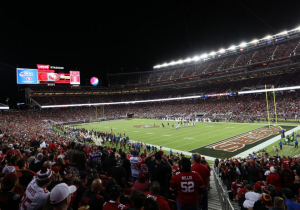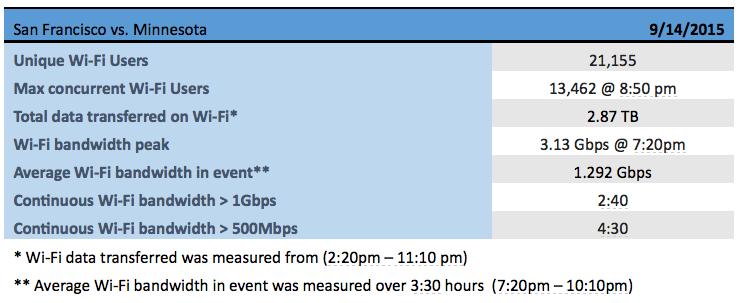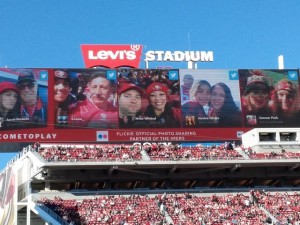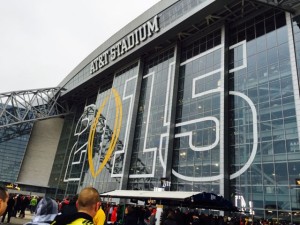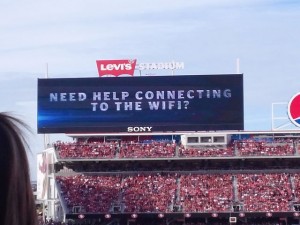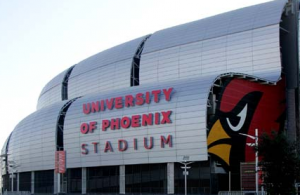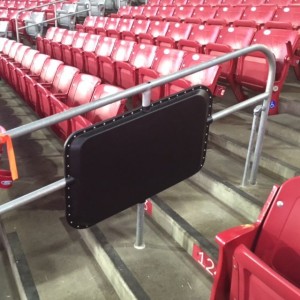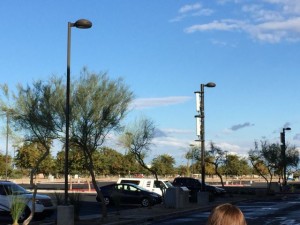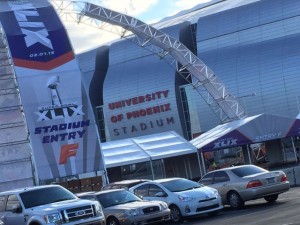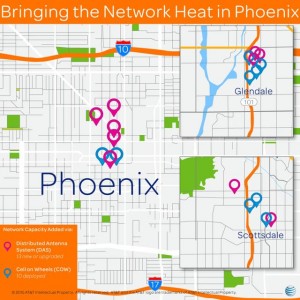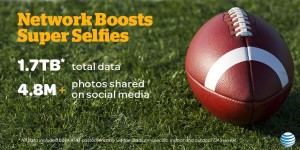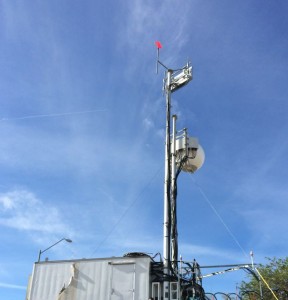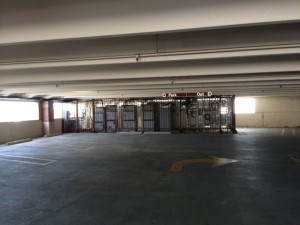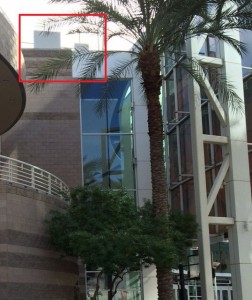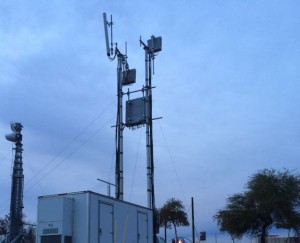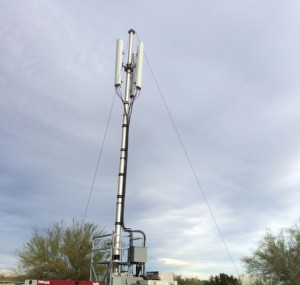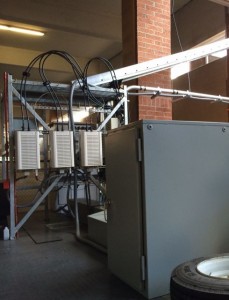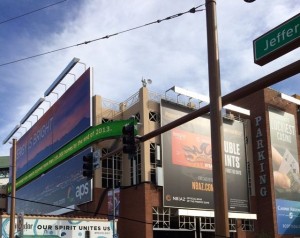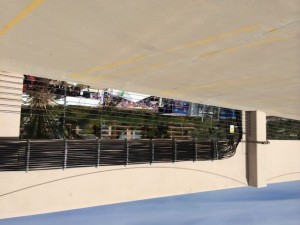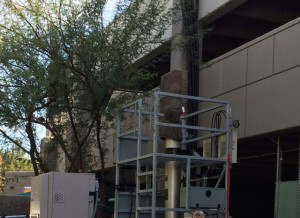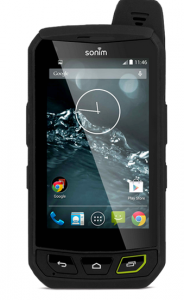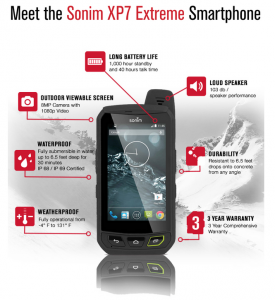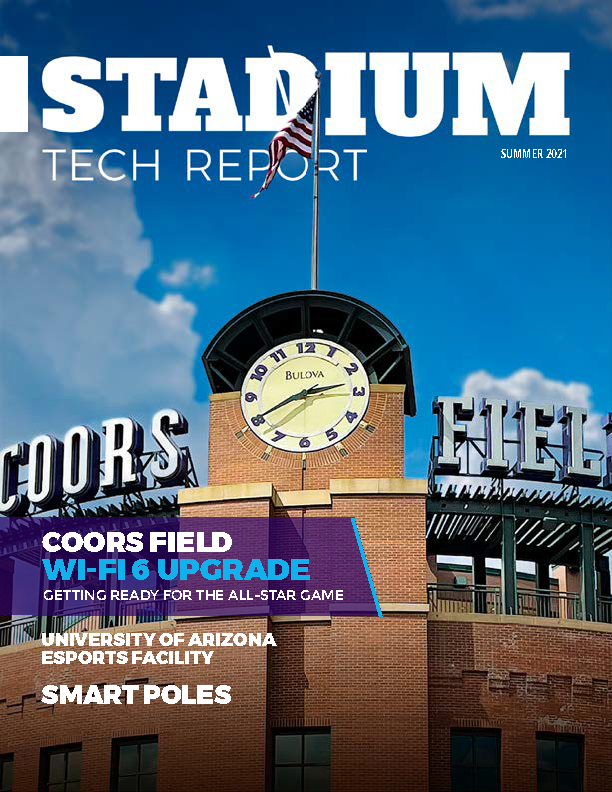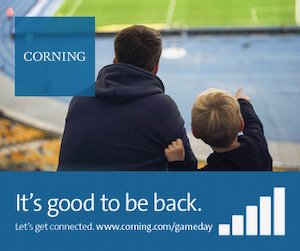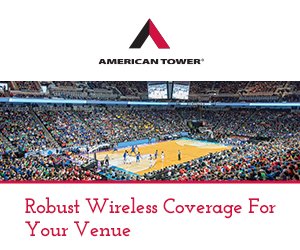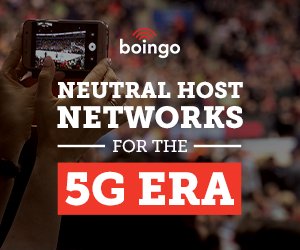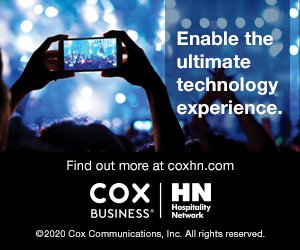With the confirmed numbers bumping up against the 4 TB mark — and if you add in the probable (but unreported) 1 TB or more that was used by Verizon Wireless, Sprint and T-Mobile customers on the Levi’s Stadium DAS — it’s readily apparent that usage of wireless data inside stadiums is only continuing to grow, with no top end yet in sight.
Though the Wi-Fi mark didn’t hit the same heights as the 3.3 TB number recorded at the first regular-season opener at Levi’s Stadium last fall, it’s impressive nonetheless because of the game’s somewhat lower profile given the modest expectations for a Niners team that has suffered through an exceptionally strange offseason that saw its high-profile coach Jim Harbaugh leave for the University of Michigan, and a number of top players retire, like star linebacker Patrick Willis, or depart, like running back Frank Gore, who went to Indianapolis.
And with the new-car buzz somewhat gone from Levi’s Stadium if almost 3 TB of Wi-Fi is a “regular” mark you have to start wondering what the totals are going to be like when Super Bowl 50 comes to the venue in February. On the DAS side of things, the cellular traffic generated by AT&T customers at Levi’s Stadium Monday night was the second-highest in the NFL venues measured by AT&T, trailing only the traffic at namesake AT&T Stadium, where AT&T saw 1.107 TB of DAS traffic during the Cowboys’ opening-game victory over the New York Giants. According to AT&T, DAS traffic at NFL stadiums during the first week of games was up 46 percent compared to the first week of games in 2014. We’ll have a separate post on college DAS traffic tomorrow, which is also up. Thanks to the Niners for the data chart below.
